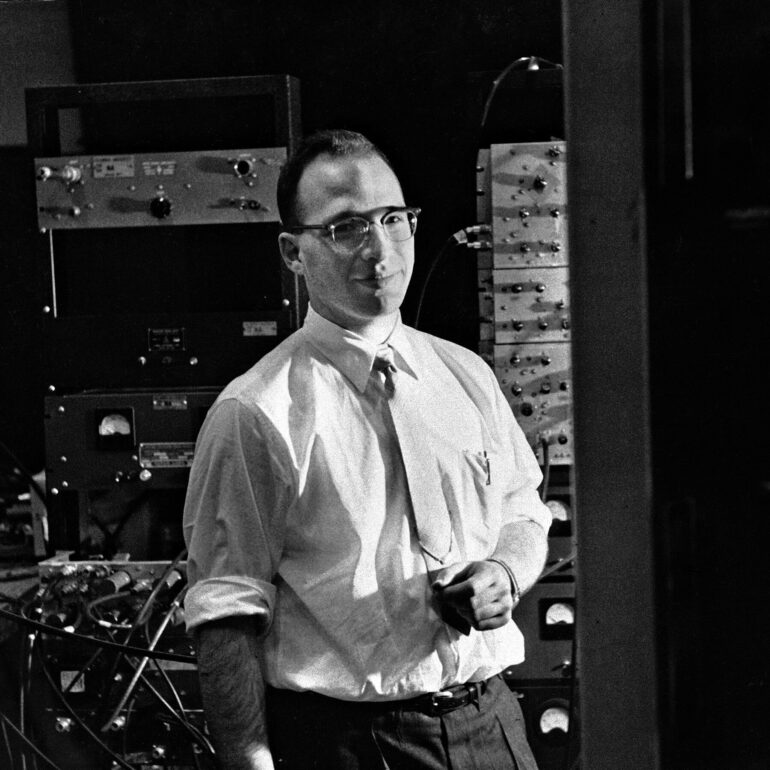Richard Garwin, who died on May 13, 2025, at the age of 97, was sometimes called “the most influential scientist you’ve never heard of.” He got his Ph.D. in physics at 21 under Enrico Fermi – a Nobel Prize winner and friend of Einstein’s – who called Garwin “the only true genius” he’d ever met.
A polymath curious about almost everything, he was one of the few people elected to the National Academy of Sciences, the National Academy of Engineering and the National Academy of Medicine for pathbreaking contributions in all of those fields. He held 47 patents and published over 500 scientific papers. A giant trove of his papers and talks can be found in the Garwin Archive at the Federation of American Scientists.
Garwin was best known for having done the engineering design for the first-ever thermonuclear explosion, turning the Teller-Ulam idea of triggering a fusion reaction with radiation pressure into a working hydrogen bomb – one with roughly 700 times the power of the Hiroshima bomb. He did that over the summer when he was 23. Over the decades that followed, he contributed to countless other military advances, including inventing key technology that enabled reconnaissance satellites.
Arms control advocate
Yet Garwin was also a longtime advocate of nuclear arms control and ultimately of nuclear disarmament. Working on nuclear deterrence and arms control, now at the Harvard Kennedy School of Government, I got to know Garwin as a tireless and effective participant in dialogues with scientists and current or former officials in Russia, China, India and elsewhere, making the case for steps to limit nuclear weapons and reduce their dangers.
Garwin was an early participant in the Pugwash Conferences on Science and World Affairs, which won the Nobel Peace Prize in 1995 for its disarmament work. He was also a founding member, in 1980, of the National Academies’ Committee on International Security and Arms Control, where he continued discussing ideas for reducing nuclear dangers with foreign colleagues throughout his life.
An excerpt of a documentary about Richard Garwin.
The deep respect that top Russian and Chinese nuclear weapons scientists had for him was palpable – even though he was often blunt in telling them where he thought their arguments were wrong. Once, at a workshop in Beijing, after listening to the leader of China’s program to develop nuclear “breeder” reactors lay out his program, Garwin started his remarks by saying, “This is a poorly designed breeder program that will fail” – and then laying out why he thought that was the case.
Because nongovernment experts have a freedom to explore ideas that government negotiators lack, these kinds of dialogues played a key role in developing the concepts that led to nuclear arms control agreements and, I would argue, contributed to ending the Cold War. As an example, one…



